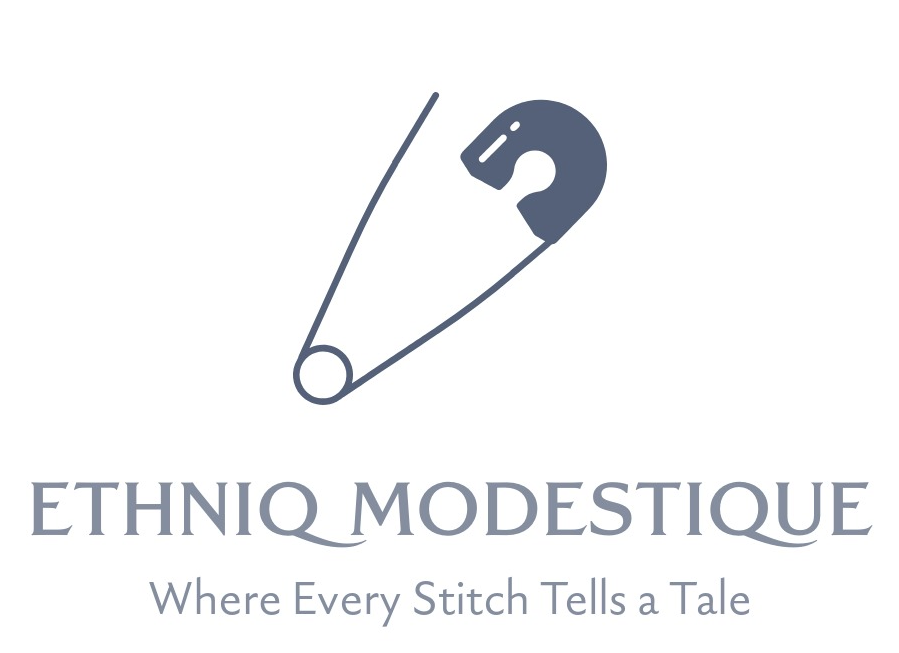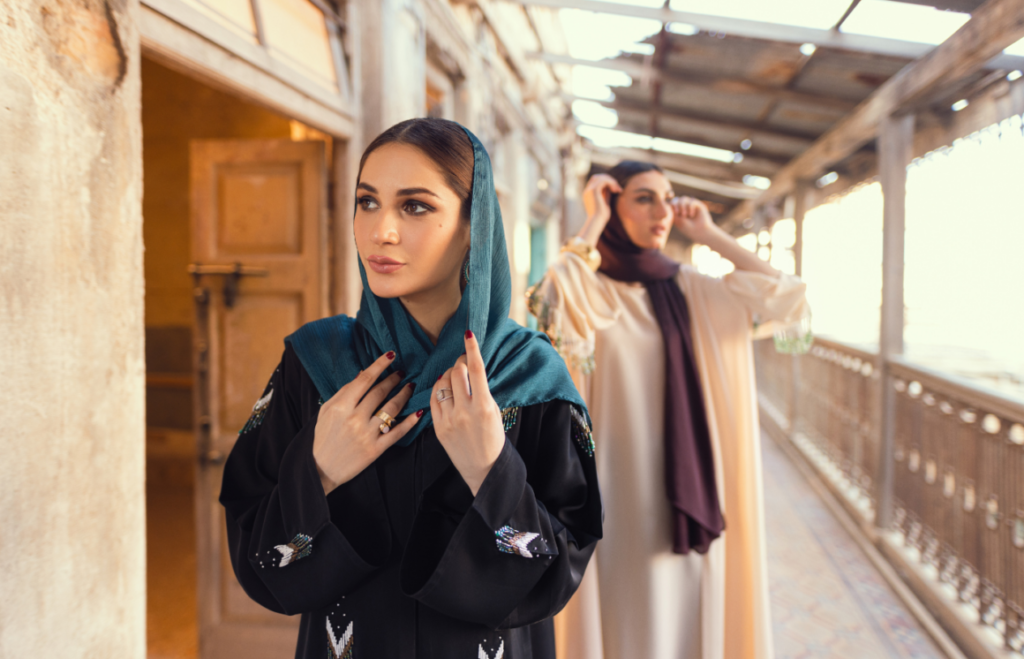A jilbab is a long, loose-fitting outer garment traditionally worn by Muslim women. It covers the entire body except for the face, hands, and feet, providing modesty and comfort. Jilbabs come in various styles and fabrics, from simple and functional to elaborate and elegant. They are often worn over regular clothing, making them versatile for different occasions. The design of jilbabs can include various colors, patterns, and embellishments, reflecting personal taste and cultural influences. They are a significant part of modest wear, symbolizing dignity and adherence to faith.
The jilbab is a versatile and comfortable garment that can be both stylish and modest. This blog post will explore the modern interpretations of the jilbab, showcasing how it combines comfort and style for various occasions. We will start by discussing the traditional origins of the jilbab and its significance in different cultures. The post will then transition to contemporary fashion, highlighting different cuts, colors, and fabrics available in modern jilbabs. Readers will learn how to choose the perfect jilbab for their body type and personal style, with tips on selecting flattering silhouettes and complementary accessories. We will provide outfit ideas for different settings, from casual daywear to formal events, demonstrating how the jilbab can be styled to suit various occasions. The post will also feature interviews with fashion influencers and designers who share their insights on modern jilbab trends and styling tips. By the end of the post, readers will have a deeper appreciation for the jilbab’s versatility and comfort, feeling inspired to incorporate this stylish garment into their modest wear wardrobe.






